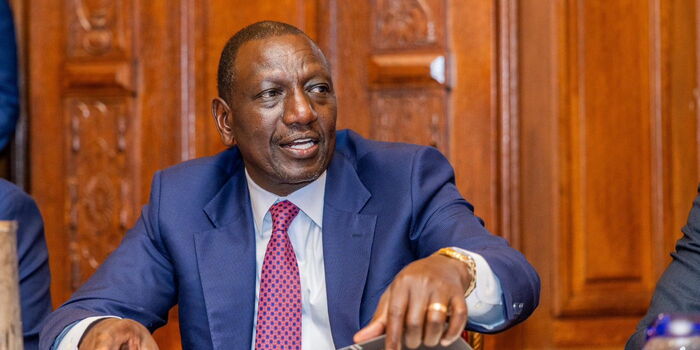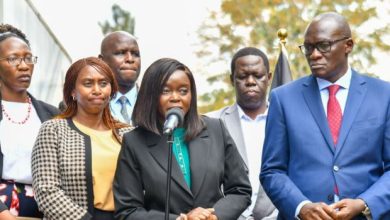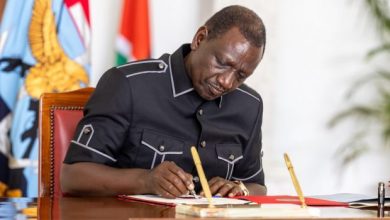Public Debt Reaches Ksh10.5 Trillion as Ruto Borrows Ksh303 Billion

Kenya’s debt burden has surged to an unprecedented Ksh10.5 trillion after President William Ruto’s administration took on new loans amounting to Ksh303.2 billion in the year ending June 2024.
The national debt, which increased by Ksh303.2 billion within three months, highlights the government’s ongoing reliance on external financing to sustain key projects. The spike in borrowing raises concern, especially as the country braces for a projected debt of Ksh13.11 trillion by 2028.
Parliament was this week presented with a Treasury report, outlining that the loans were sourced from both multilateral and bilateral lenders to finance projects in crucial sectors like health, energy, and MSMEs. These loans, though necessary for development, further burden a debt stock already nearing unsustainable levels.
The report shows that external debt accounts for 48.9 per cent of the total debt, standing at Ksh5.171.7 billion, while domestic debt contributes the remaining Ksh5.410.3 billion.
President William Ruto in a meeting with Asian Infrastructure Investment Bank (AIIB) President and Board of Directors Chairman Jin Liqun, Beijing China, September 3, 2024.
Photo
PCS
While the debt-to-GDP ratio saw a marginal decline to 65.7 per cent from 72 per cent, this was largely attributed to the appreciation of the Kenya shilling against major foreign currencies, a temporary reprieve in a looming fiscal crisis. The report also highlights that government-guaranteed debt decreased from Ksh170.2 billion in June 2023 to Ksh100.2 billion in June 2024, primarily due to the novation of Kenya Airways’ debt.
Among the loans secured, a Ksh20.6 billion loan from the International Development Association (IDA) was directed towards improving primary healthcare services. Another loan, valued at Ksh39.7 billion, also from IDA, aims to promote transparency and efficiency in public finance, alongside fostering competitiveness in labour markets. Such projects, while beneficial, add pressure on a budget already straining under the weight of past borrowing.
The government’s ambitious energy expansion programme saw the signing of a Ksh5.8 billion loan with the IDA for renewable energy integration and strengthening Kenya Power’s capacity for energy trade. This green energy initiative aligns with global sustainability goals, but the terms of repayment—beginning in 2029 and extending through 2058—raise questions about the long-term economic burden.
A significant Ksh109.8 billion loan from the International Bank for Reconstruction and Development (IBRD) will fund fiscal sustainability projects aimed at bolstering resilient growth. Meanwhile, the African Development Bank extended a Ksh14.8 billion loan for high-voltage network improvements, signalling a push for reliable green electricity supply. These loans highlight the government’s strategy of securing external financing to drive infrastructural growth.
However, the growing debt stock coincides with President Ruto’s warning that borrowing would be necessary to keep the government running after the proposed 2024 Finance Bill was met with fierce resistance.
The bill sought to raise Ksh350 billion through tax measures but was rejected following widespread protests, pushing the government towards further borrowing to plug financial gaps.
With the debt projected to hit Ksh13.11 trillion by the 2027/2028 financial year, concerns over Kenya’s fiscal health continue to mount. The country faces an uphill battle in balancing necessary development with managing its rising debt obligations.
President William Ruto (left) speaking with IMF managing director Kristalina Georgieva in Italy on January 29, 2024
PCS



